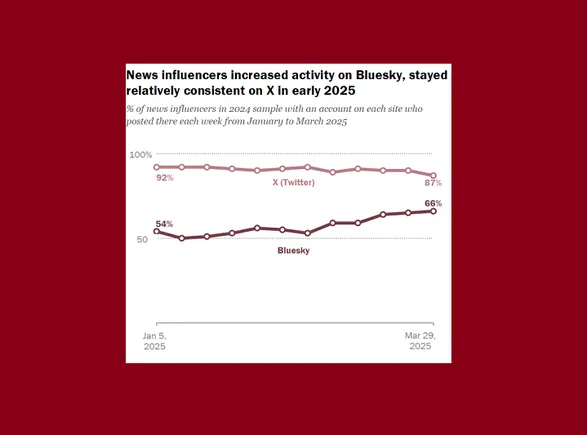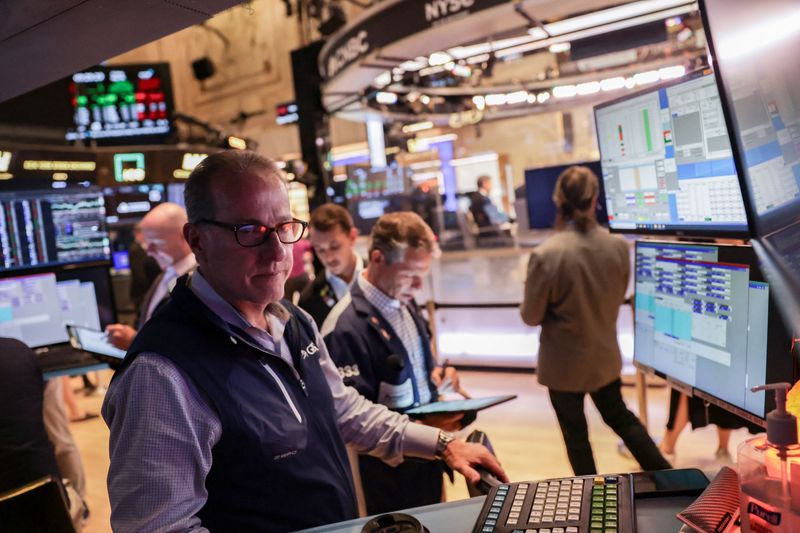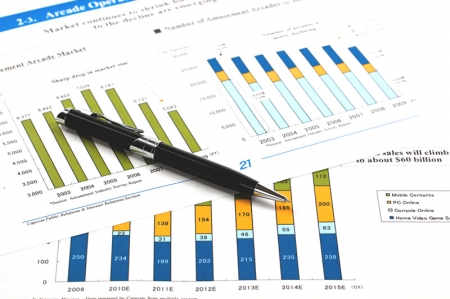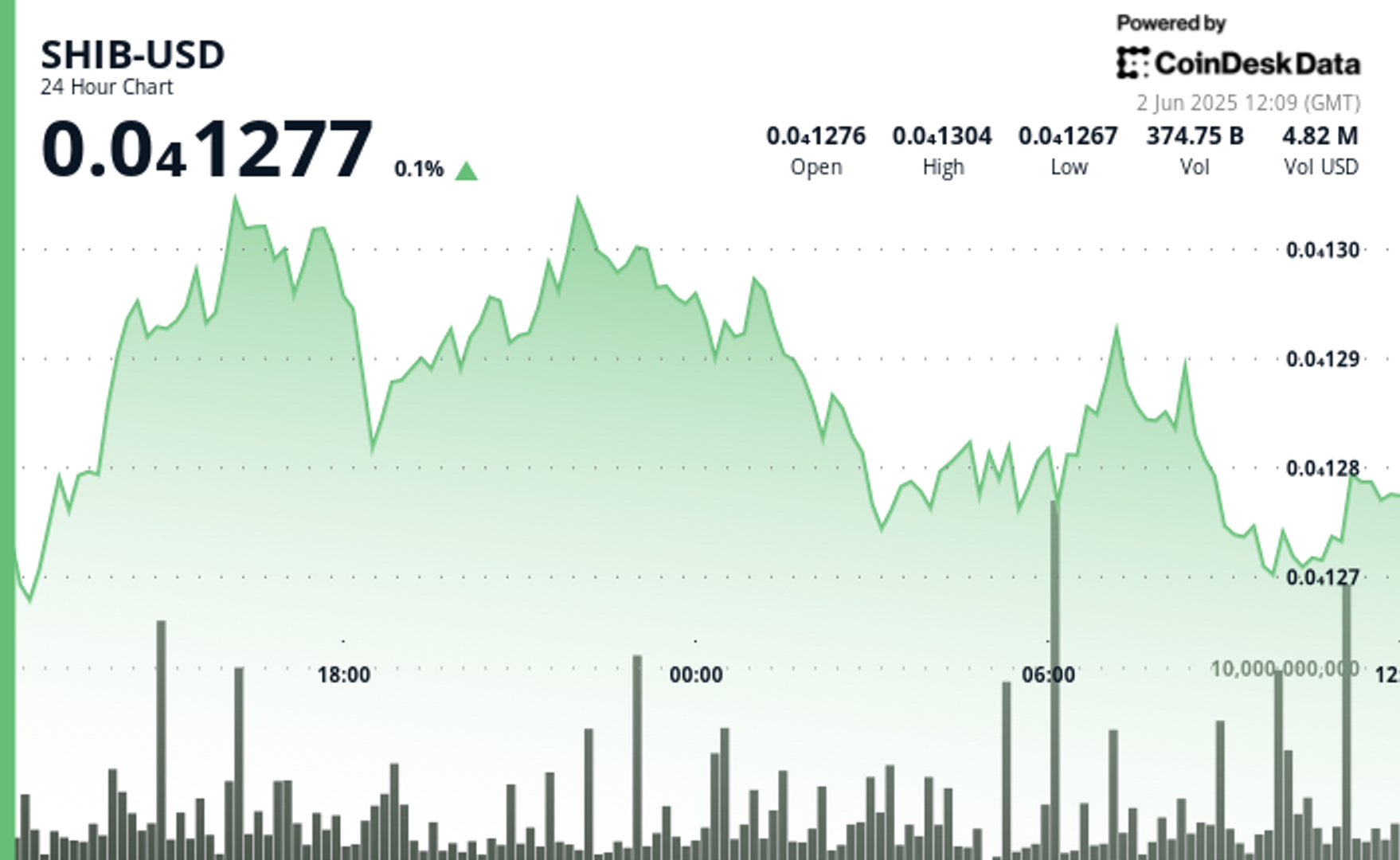Prediction: Tesla Stock Is a Buy Before July 23
Tesla (NASDAQ: TSLA) stock has been on a wild ride in 2025, with shares gyrating between $220 and $430 since the year began. And while many investors believe those shares are overvalued right now, the electric vehicle (EV) company's growth story remains compelling. In fact, there are two encouraging reasons to buy more shares before its next earnings call, which is scheduled to take place in late July. Profitably investing in electric car stocks has proven difficult over the decades. Over the last 10 years alone, at least 30 EV makers have gone under. The most common reason for those failures hasn't been a lack of good ideas or viable products. Instead, most of them simply ran out of money before they could turn the corner to profitability. The amount of capital and time necessary to bring an electric vehicle to market is far greater than most consumers realize. Rivian and Lucid Motors, for example, took roughly a decade to go from the idea stages to actually producing and selling their first models. Tesla was launched in 2003, but its first model, the Roadster, didn't reach customers until 2008 -- and that was a fairly rapid evolution compared to its competitors. Still, the long delays that plagued its Cybertruck prove that even a mature company can have difficulties getting a new model to market on time.Continue reading

Tesla (NASDAQ: TSLA) stock has been on a wild ride in 2025, with shares gyrating between $220 and $430 since the year began. And while many investors believe those shares are overvalued right now, the electric vehicle (EV) company's growth story remains compelling. In fact, there are two encouraging reasons to buy more shares before its next earnings call, which is scheduled to take place in late July.
Profitably investing in electric car stocks has proven difficult over the decades. Over the last 10 years alone, at least 30 EV makers have gone under. The most common reason for those failures hasn't been a lack of good ideas or viable products. Instead, most of them simply ran out of money before they could turn the corner to profitability.
The amount of capital and time necessary to bring an electric vehicle to market is far greater than most consumers realize. Rivian and Lucid Motors, for example, took roughly a decade to go from the idea stages to actually producing and selling their first models. Tesla was launched in 2003, but its first model, the Roadster, didn't reach customers until 2008 -- and that was a fairly rapid evolution compared to its competitors. Still, the long delays that plagued its Cybertruck prove that even a mature company can have difficulties getting a new model to market on time.




























































































































































































